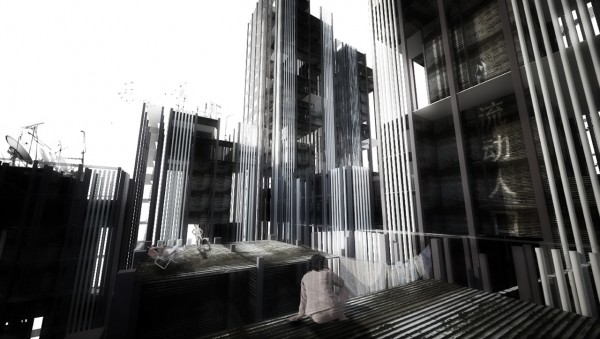Designed by Julian Liang
Asia has become an immense theme park where Asians have become tourists in their own country. It is one of the great tragedies and one of the most interesting spectacles of the consequences of rapid urbanization.
China is at a point where it must deal with the consequences of unregulated economic growth. With over 80% of the Shenzhen population classified as temporary residents (floating population), the possibility of economic and social disaster is closer than ever. These transients, unable to find housing in the new developed city, seek refuge in “urban villages”—which is nothing but euphemism for slum. These villages lack basic services and modern conveniences that have long become the norm for the rest of the country— and yet they developed a close-knit social network of culture, community and business, they have become urban enclave within the city fabric. Some local governments view the population of these villages—as well as their makeshift architecture—as an “eye sour” that detracts from the image of the economic boom and prosperity that these governments are trying to promote. Instead of hiding—or demolishing–these urban villages, this structure gives them a defining presence felt throughout the city fabric – making the invisible, visible. The structure becomes the triumphal arch for Shenzhen, a welcoming image and reminder to people of the current crisis. Through the level of density vs. transparency of the proposed structure, it will serve as a barometer indicating the social health of the city.
























